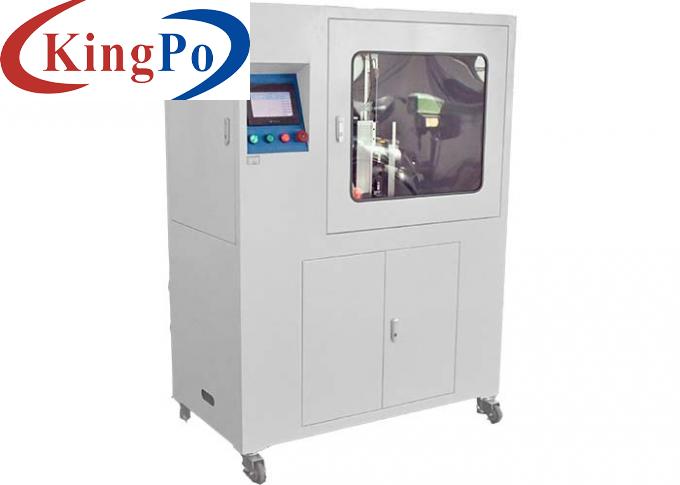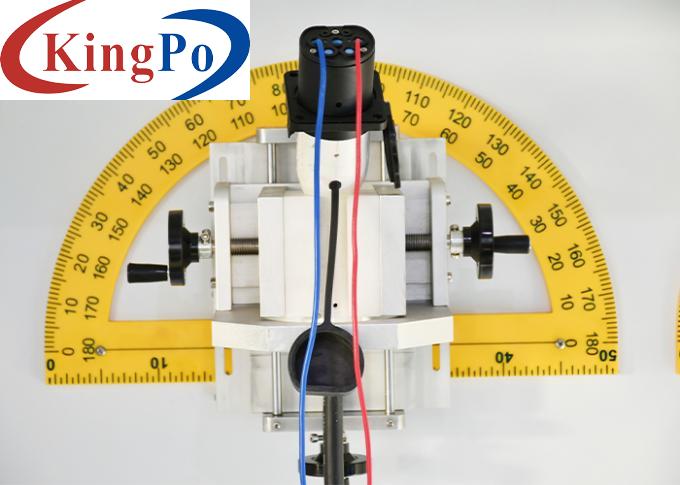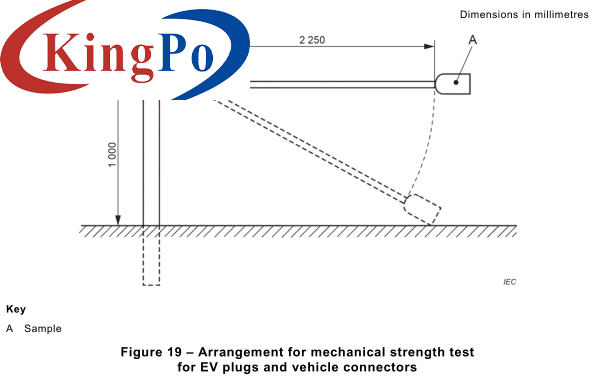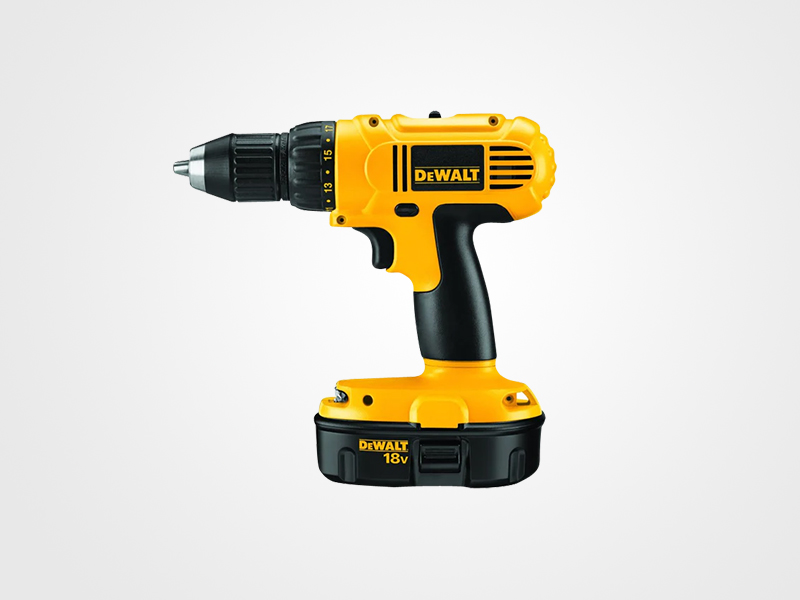Products
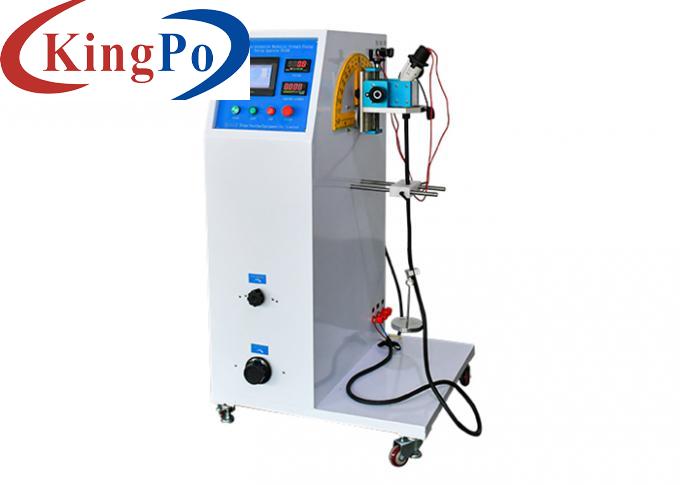
IEC 62196-1 2022 Electric Vehicle Non - Rewirable Accessories Flexing Test Apparatus With Load
Products Description
IEC 62196-1: 2022 Electric Vehicle Non-Rewirable Accessories Flexing Test Apparatus With Load
Product Overview:
The flexibility testing apparatus is designed and manufactured according to requirements of IEC62196-1: 2022 clause 26.4 figure 20, IEC60309-1: 2012 clause 24.4 figure 9, etc. It is used to process the mechanical load flexing test of the vehicle plugs, socket-outlets and couplers non-rewireable accessories.
The equipment adopts PLC control and operated by 7-inch colour human-machine interface, uses a servo motor to control the flexing angle. The flexing angle, flexing speed and the test cycles can be preset on touch screen. The test is automatically carried out according to the set parameters. When the test times reach the preset number of test times, the device automatically stops and gives the test completion signal prompt. The test equipment has the advantages of high-precision digital display, high-efficiency digital frequency conversion, precise speed adjustment, six-digit memory setting, multi-function modular fixture, rotating center centering measuring tool, and built-in load which can supply load voltage to test sample during test.
The electric vehicle non-rewirable accessories flexing test apparatus is a specialized testing equipment used to assess the durability and performance of non-rewirable accessories in electric vehicles. These accessories may include cables, connectors, harnesses, or other electrical components that are permanently attached to the vehicle and cannot be easily disconnected or rewired. The flexing test apparatus simulates the repeated flexing and bending motions that these accessories may undergo during vehicle operation. Here are the key features and components typically found in this test apparatus:
Test Fixture: The apparatus includes a test fixture designed to securely hold and position the non-rewirable accessory being tested. The fixture allows for controlled flexing and bending motions without damaging the accessory.
Motorized Flexing Mechanism: The flexing test apparatus incorporates a motorized flexing mechanism that applies repetitive flexing or bending motions to the non-rewirable accessory. This mechanism can be programmed to simulate specific flexing patterns, such as continuous bending or cyclic flexing motions.
Flexing Angle Adjustment: The apparatus allows for adjusting the flexing angle to simulate various operating conditions or specific requirements. This ensures that the accessory is tested under relevant flexing angles that it may experience in real-world usage.
Force and Speed Control: The flexing mechanism includes controls to adjust the force and speed of the flexing motion. This allows for mimicking different levels of stress and flexing rates that the accessory may encounter during vehicle operation.
Cycle Counter and Timer: The apparatus is equipped with a cycle counter and timer to track the number of flexing cycles completed and measure the duration of the test. This information helps evaluate the accessory's endurance and performance over time.
Safety Features: Safety considerations are implemented in the apparatus to protect the operators and ensure safe testing procedures. These features may include emergency stop buttons, protective enclosures, and safety interlocks.
Data Acquisition and Analysis: The flexing test apparatus may have data acquisition capabilities to record and analyze the test results. This includes monitoring factors such as flexing angles, applied forces, electrical continuity, or any signs of wear or failure observed during the test.
The electric vehicle non-rewirable accessories flexing test apparatus is crucial for manufacturers and quality control departments to ensure the reliability and durability of non-rewirable electrical components in electric vehicles. By subjecting the accessories to repeated flexing motions, this apparatus helps identify any weaknesses, fatigue, or damage that may occur over time. The test results enable manufacturers to improve the design and materials of the accessories, ensuring their long-term performance and safety in electric vehicle applications.
Technical Parameters:
1
2
5
Press down Start button, but the fixture do not work.
Test Station
Single
Electrical Control Method
PLC intelligent integrated control, 7-inch humanized touch interface operation
Drive Mode
Servo motor
Sample Clamping Method
Mechanical clamping, the position of clamping point is adjustable
Flexing Angle
0-360° can be adjusted freely (default 90°, 45°on either side of the vertical)
Flexing Rate
0-60 cycles / min, can be preset
Flexing Cycles
0~999999 can be preset, default 20000 cycles
Load Weights
20N, 25N, 50N, 75N, 100N
Load Power
Built-in, with adjustable voltage between conductors 0-250V and current AC0-400A adjustable
Test Judgment
Judging by the signals given when the current is conducted or not
Equipment Dimensions & Weight
L 850mm *W 800mm *H 1500mm, the whole machine is about 200Kg
Power Supply
Three phase AC380V±10%, 50Hz/60Hz
No.
Fault
Reason
Treatment
Turn on the POWER switch, but the indicator light not turn on
The external power supply is not connected
Please connect to the external power supply
The fuse is broken
Find out the reason and change the fuse.
The indicator light damaged
Replace the light
Turn on the POWER switch, Touch screen not work
The internal DC24V power supply is in problem
Replace the DC24V power supply
Touchscreen damaged
Replace the touchscreen
3
Touch screen no response
Connection to PLC loose
Reconnect
Touchscreen damaged
Replace the touchscreen
4
Load power no power supply
Load socket damaged
Replace the socket
The fuse is broken
Change the fuse
The display value and preset value of test times are the same
Press Count Cleared
The E-STOP button is not reset
Release E-STOP button
There is foreign object in the machine, the machinery is stuck
Remove the foreign object
It is not under auto test mode
Press Start button
Connection to motor loosen
Reconnect
Not in starting position
Homing
6
Motor rotates but the manipulator does not rotate
Check whether the motor output shaft connector is loose
Re-connect
Check whether the drive belt is broken or too loose
Replace the drive belt
7
Noise
Swivel speed low or too high
Reset the speed
Connection to motor loosen
Reconnect



